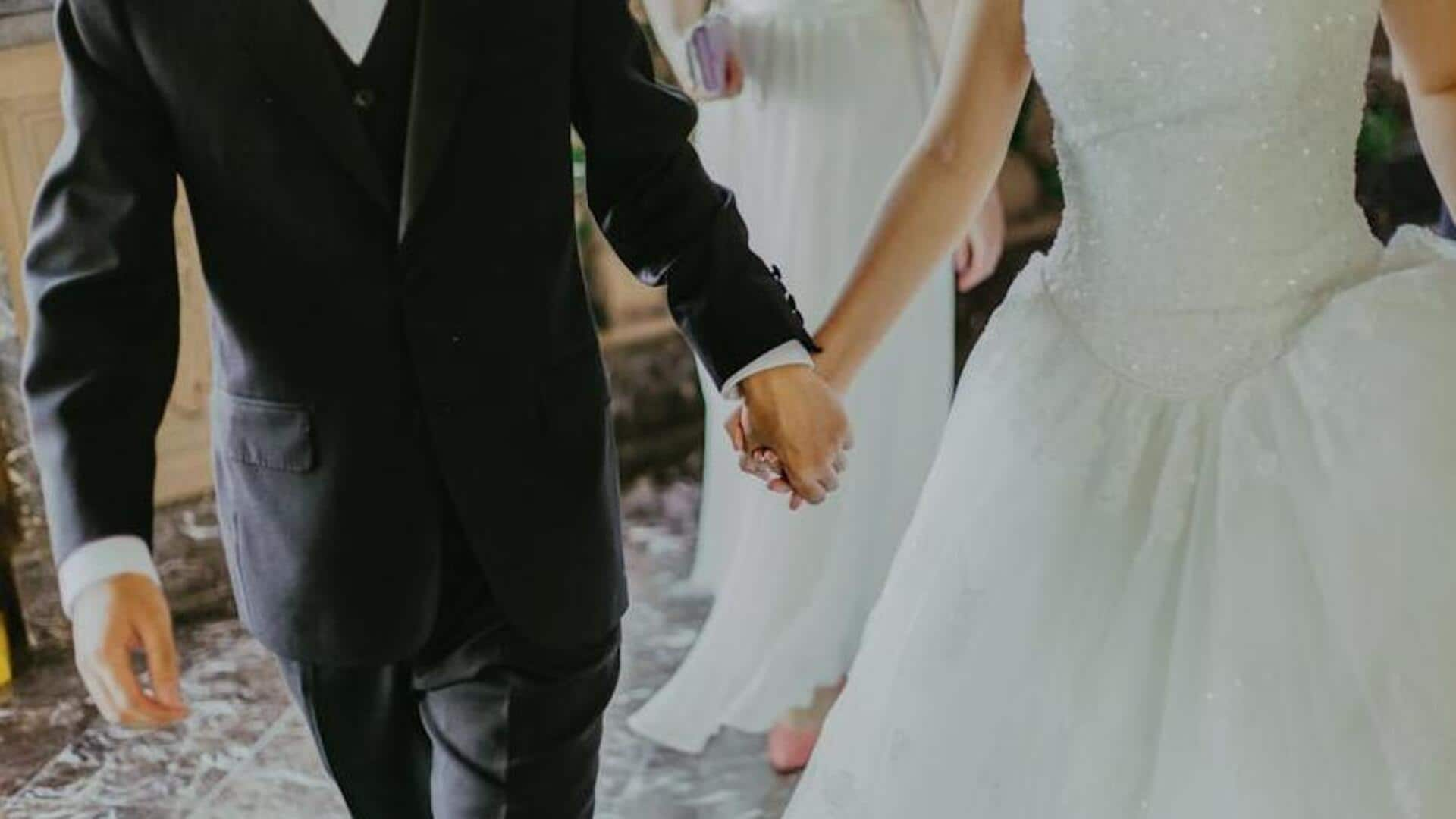
Traditional Korean wedding customs you'd love to know
What's the story
Korean weddings are a mix of ancient customs and modern practices, giving a fascinating insight into the country's rich culture.
These ceremonies are not just about two people getting married but also involve families and communities.
The traditions followed in Korean weddings are unique, and often bring joy to those who are unfamiliar with them.
From symbolic rituals to vibrant attires, everything holds deep meaning, reflecting Korea's rich values and history.
Paebaek
The role of the Paebaek ceremony
The Paebaek ceremony is an intimate family ritual that occurs after the main wedding event.
In the ceremony, the couple pays respects to their elders by bowing deeply and offering tea.
In return, the parents offer words of wisdom and blessings for a prosperous marriage.
This tradition emphasizes filial piety and respect for family ties, which are central tenets in Korean culture.
Hanbok
Hanbok: Traditional wedding attire
The hanbok is the traditional Korean attire that the bride and groom wear during weddings.
Featuring vibrant colors and simple lines without any pockets, it represents gracefulness and elegance.
The brides usually wear a red or pink hanbok featuring intricate embroidery, while the grooms wear blue or green outfits.
Wearing hanbok makes couples more connected to their cultural roots and adds a historical charm to modern ceremonies.
Bowing rituals
Bowing rituals signifying respect
Bowing is an important part of Korean wedding traditions, representing respect between families and gratitude towards guests attending the ceremony.
The couple bows several times throughout different parts of their wedding day—from welcoming guests at the entrance to thanking them during farewell moments—showing humility in the midst of joyous celebrations.
Ducks or geese
Symbolic use of ducks or geese
In many Korean weddings today, you will find wooden ducks or geese used symbolically within various rituals.
These include gift exchanges between families before marriage takes place officially on paper.
It involves legal documentation like signing contracts. It's publicly witnessed by others present.
These birds represent fidelity due largely because they mate for life. This makes them perfect symbols representing long-lasting unions.